
Vaccine Refrigerators
Our vaccine refrigerators are optimized temperature performance for vaccine storage.
Our vaccine refrigerators are specifically designed to properly and safely store vaccines, including those for influenza, rotavirus, MMRV, and more. Accurate temperature sensors maintain a set temperature within the units, and alarms and monitoring provide quick notification of adverse operating conditions. Each vaccine refrigerator provides a temperature range of range 2°C to 8°C. Freezers range from -20°C to -13°C. Units are also equipped with fans to regulate temperature control.
Our models include glass or solid doors and under counter, countertop, and combination options. They also meet vaccine storage guidelines for the Centers for Disease Control and Prevention (CDC) and the Vaccines for Children (VFC) program.
Panasonic designs equipment for specific applications while meeting the standards of the American Association of Blood Banks (AABB), International Committee for Harmonization (ICH), United States Department of Agriculture (USDA) (in addition to the CDC).
-
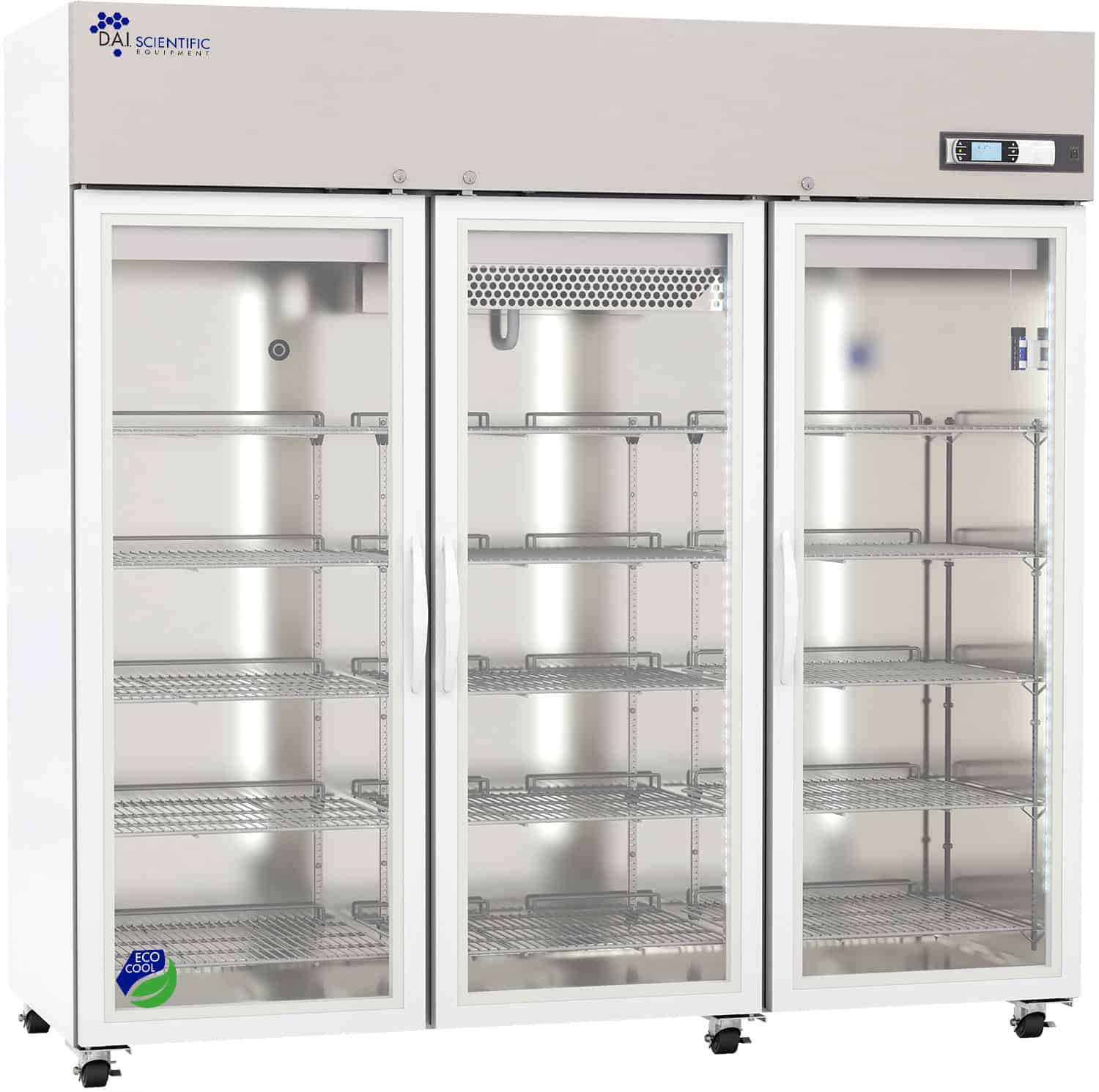
 DAI Scientific DAI-HC-PL-72 Glass Door RefrigeratorDAI-HC-PL-72View Product
DAI Scientific DAI-HC-PL-72 Glass Door RefrigeratorDAI-HC-PL-72View Product -

 DAI Scientific DAI-HC-SPL-72 Solid Door RefrigeratorDAI-HC-SPL-72View Product
DAI Scientific DAI-HC-SPL-72 Solid Door RefrigeratorDAI-HC-SPL-72View Product -
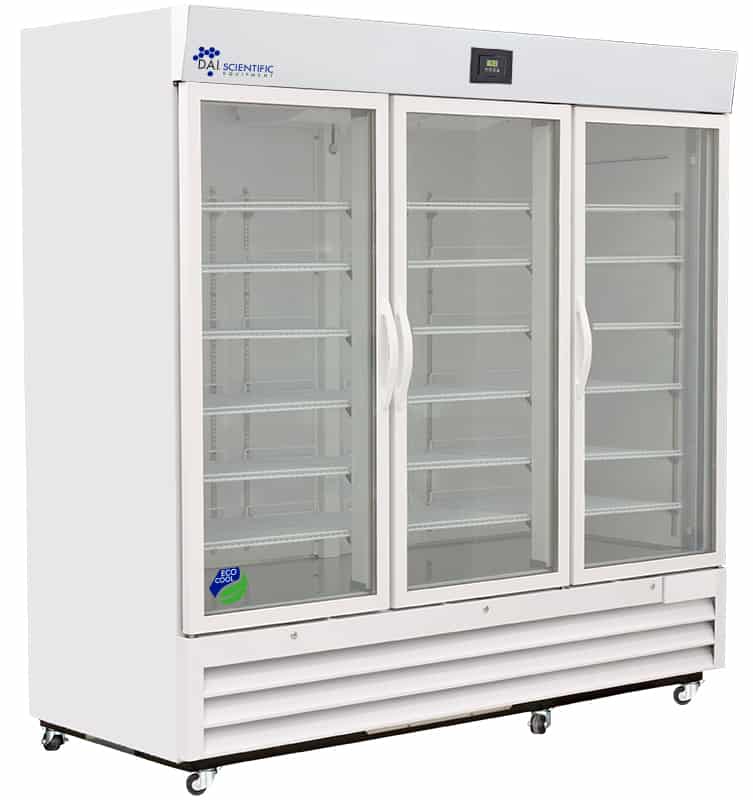
 DAI Scientific PH-DAI-HC-72G RefrigeratorPH-DAI-HC-72GView Product
DAI Scientific PH-DAI-HC-72G RefrigeratorPH-DAI-HC-72GView Product -

 DAI Scientific PH-DAI-HC-72S RefrigeratorPH-DAI-HC-72SView Product
DAI Scientific PH-DAI-HC-72S RefrigeratorPH-DAI-HC-72SView Product -
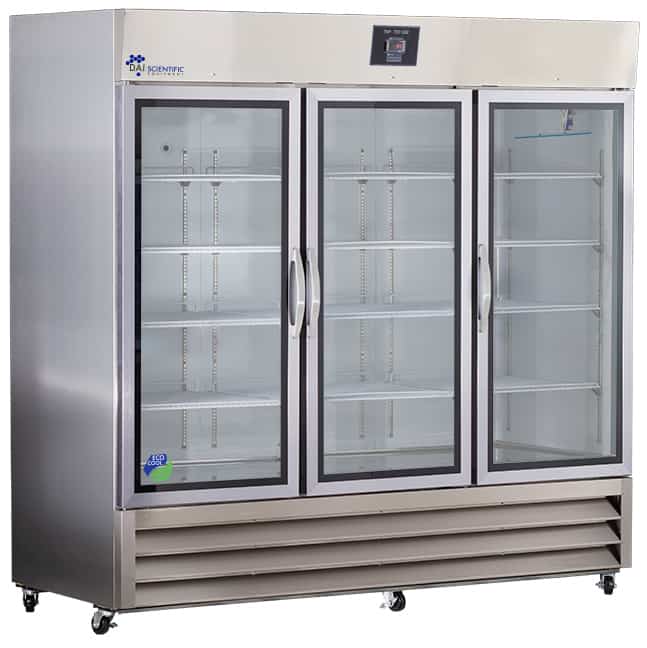
 DAI Scientific PH-DAI-HC-SSP-72G RefrigeratorPH-DAI-HC-SSP-72GView Product
DAI Scientific PH-DAI-HC-SSP-72G RefrigeratorPH-DAI-HC-SSP-72GView Product -
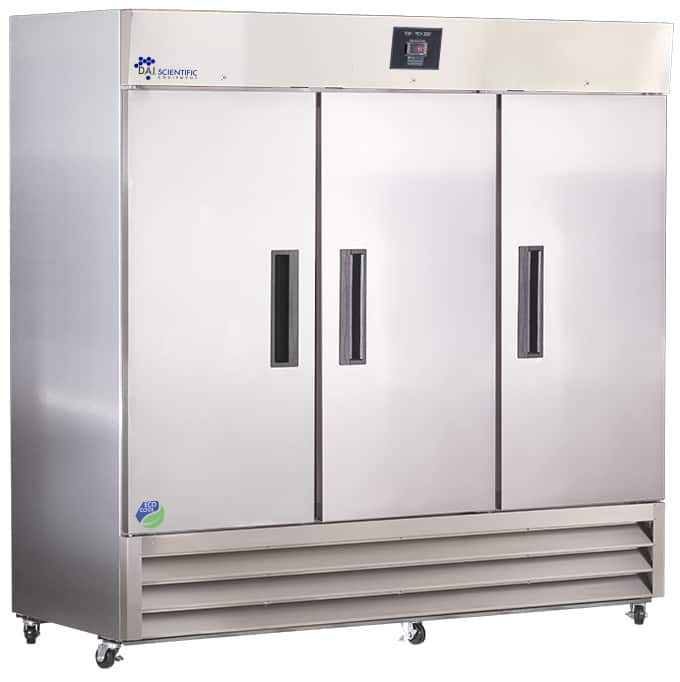
 DAI Scientific PH-DAI-HC-SSP-72 RefrigeratorPH-DAI-HC-SSP-72View Product
DAI Scientific PH-DAI-HC-SSP-72 RefrigeratorPH-DAI-HC-SSP-72View Product -
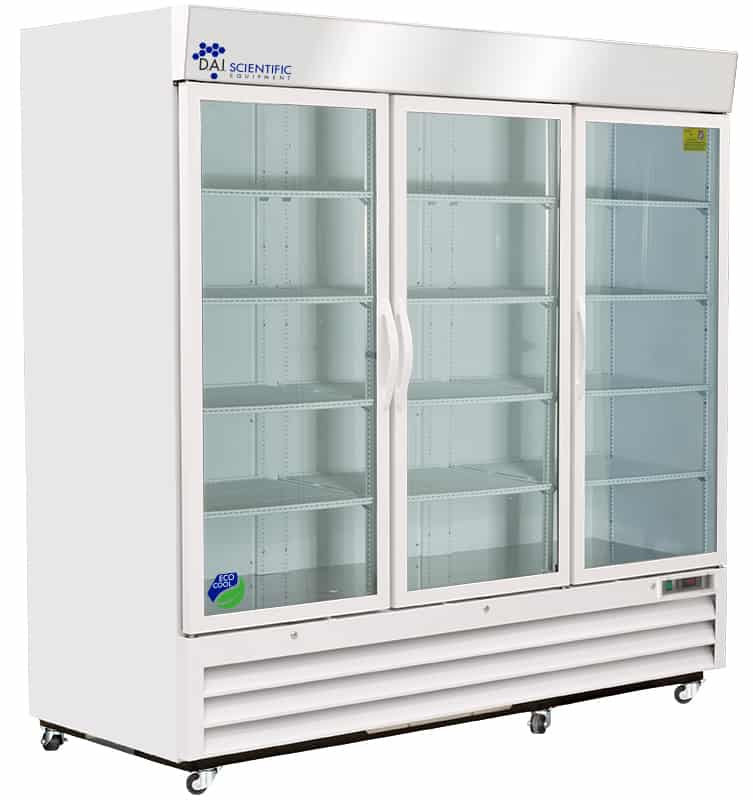
 DAI Scientific PH-DAI-HC-S72G RefrigeratorPH-DAI-HC-S72GView Product
DAI Scientific PH-DAI-HC-S72G RefrigeratorPH-DAI-HC-S72GView Product -
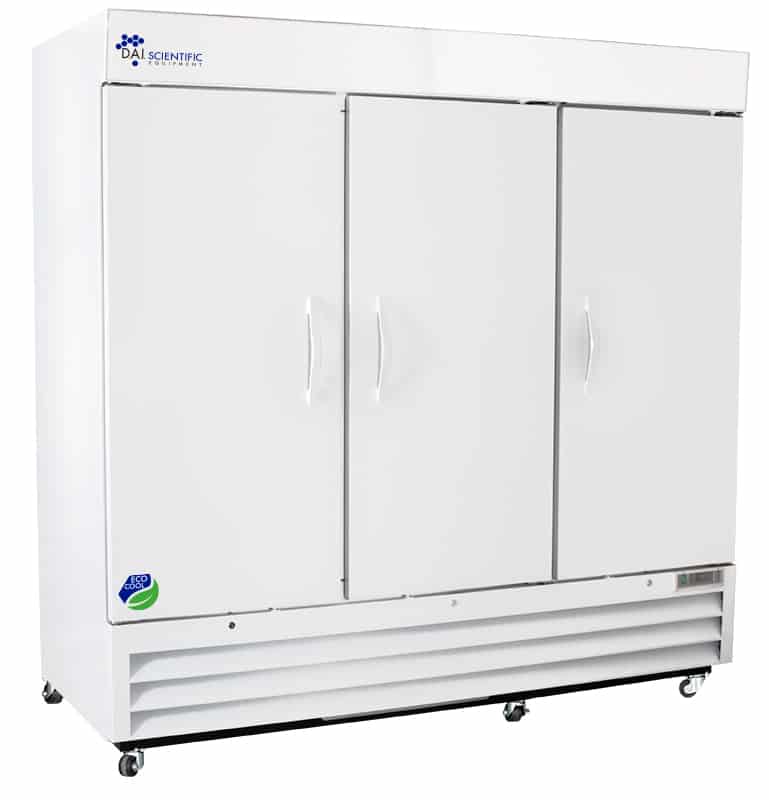
 DAI Scientific PH-DAI-HC-S72S RefrigeratorPH-DAI-HC-S72SView Product
DAI Scientific PH-DAI-HC-S72S RefrigeratorPH-DAI-HC-S72SView Product -

 DAI Scientific PH-DAI-HC-69G RefrigeratorPH-DAI-HC-69GView Product
DAI Scientific PH-DAI-HC-69G RefrigeratorPH-DAI-HC-69GView Product
Vaccine Storage Recommendations
Vaccines are a crucial part of the healthcare system, and their effectiveness depends on appropriate conditions and regulated temperatures. “Proper vaccine storage and handling practices play a very important role in protecting individuals and communities from vaccine-preventable diseases,” according to the CDC. “Vaccine quality is the shared responsibility of everyone, from the time the vaccine is manufactured until it is administered.”
The CDC offers a variety of vaccine storage resources, including temperature monitoring and storage best practices and a Vaccine Storage and Handling Toolkit.
General CDC vaccine storage guidelines include:
- Maintain an accurate refrigerator temperature range of 2°C to 8°C with an ideal temperature of 5°C.
- Frozen vaccines should be kept within a range of -50°C to -15°C.
- Do not freeze refrigerated vaccines (except for MMR, which can be either frozen or refrigerated).
- If the Beyond Use Date (BUD) is not indicated on the vaccine, the expiration date provided by the manufacturer should be used.
- It’s best to store vaccines in stand-alone refrigerators or freezers.
It’s also important to ensure your vaccine storage refrigerators have alarms and temperature monitoring that provides quick notifications (both locally and remote) of adverse operating conditions.
